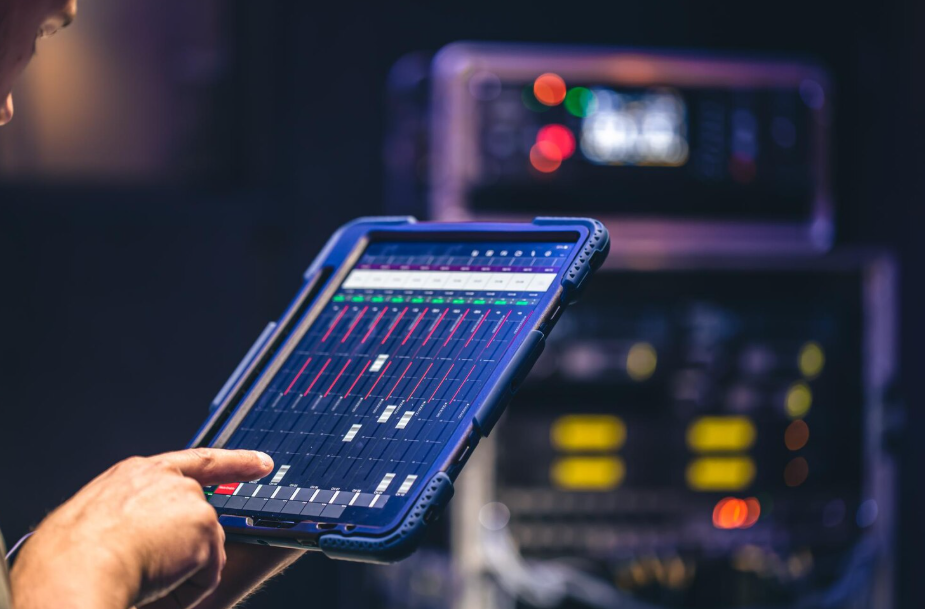Telemetry encompasses the automatic collection and wireless transmission of measurements from remote or inaccessible points to central monitoring systems. It empowers organizations to observe parameters without manual data retrieval. By leveraging sensors, communication networks, and data analytics, telemetry drives insights in environments ranging from oil fields to clinical wards. It forms the backbone of real-time decision-making in dispersed operations.
The concept originated in telegraphy and radio-based weather observations in the early 20th century. Ships, weather balloons, and remote meteorological stations sent periodic readings via Morse code or early wireless transmitters. As electronics advanced, solid-state sensors and digital modulation protocols enabled reliable, high-frequency data streams. The space race further refined telemetry for spacecraft health monitoring.
A typical telemetry system comprises sensors, analog-to-digital converters, communication links, and back-end servers. Sensors measure temperature, pressure, humidity, vibration, or biochemical markers and convert them into electronic signals. ADCs digitize these signals, which are then packaged according to communication protocols. Gateways aggregate data, apply compression or encryption, and forward packets to central platforms via wired or wireless networks.
Communication protocols play a crucial role in telemetry reliability. MQTT, a lightweight publish-subscribe protocol, suits constrained devices and intermittent connectivity. OPC UA provides a secure, interoperable framework for industrial telemetry applications. Legacy systems often rely on Modbus RTU or DNP3. Emerging LPWAN technologies like NB-IoT and LoRaWAN extend telemetry to low-power, long-range scenarios.
Time synchronization ensures data coherence across many remote nodes. Network Time Protocol (NTP) and Precision Time Protocol (PTP) align clocks within milliseconds. Accurate timestamps allow correlation between diverse sensor streams, enhancing root-cause analysis in complex systems. Time drift correction is vital in applications such as power grid monitoring or financial trading.
In oil and gas, pipeline leaks and flow anomalies pose safety and environmental risks. Telemetry networks continuously monitor pressure and flow rate, triggering automatic shut-offs on detecting breaches. Subsea telemetry uses acoustic modems or fiber-optic cables to reach meters under the ocean. Real-time dashboards help engineers optimize production and reduce non-productive time.
Environmental monitoring leverages telemetry for air quality, water purity, and wildlife tracking. Remote stations transmit pollutant levels, algal bloom indicators, or animal GPS tags to research centers. Data-driven conservation strategies emerge from trend analysis and predictive modeling. Community networks share open data for public awareness and policy making.
In healthcare, patient telemetry tracks vital signs such as heart rate, SpO₂, and blood pressure in real time. Wearable devices and bedside monitors communicate readings to nursing stations. Alarms alert staff to critical thresholds, improving response times over traditional rounds. Tele-ICU solutions allow specialists to oversee multiple units remotely.
Telemetry data fuels machine learning models that detect patterns and forecast failures. Predictive analytics in manufacturing flag motor degradations before catastrophic breakdowns. In utilities, smart meters enable demand forecasting and dynamic pricing. Transportation networks use vehicle telemetry to optimize routes and reduce fuel consumption.
Security challenges in telemetry include eavesdropping, spoofing, and denial-of-service attacks. End-to-end encryption, mutual authentication, and secure boot guard against tampering. Virtual private networks isolate telemetry traffic from public internet paths. Regular penetration testing uncovers vulnerabilities in communication stacks.
Scalability concerns emerge as sensor fleets grow to thousands of nodes. Cloud-native platforms auto-scale data ingestion layers and storage clusters. Microservices architectures process and route data efficiently. Containerized analytics applications can be instantiated on demand near data sources using edge orchestration.
Visualization tools transform raw telemetry streams into actionable insights. Interactive dashboards display real-time graphs, geospatial maps, and alert panels. Customizable thresholds trigger notifications via SMS, email, or voice calls. Historical trends and drill-down analyses support continuous improvement initiatives.
Regulatory compliance shapes telemetry implementations in industries like aviation, healthcare, and energy. Data integrity and audit trails must adhere to standards such as GDPR, HIPAA, and NERC CIP. Certification processes validate system reliability under emergency scenarios. Documentation and change control are integral to compliance.
The future of telemetry points toward autonomous sensor networks with self-healing communication links. AI-driven edge analytics will reduce bandwidth by summarizing events locally. 5G’s ultra-low latency will enable real-time control loops over vast distances. Swarms of micro-drones may become airborne telemetry nodes for rapid deployment.




